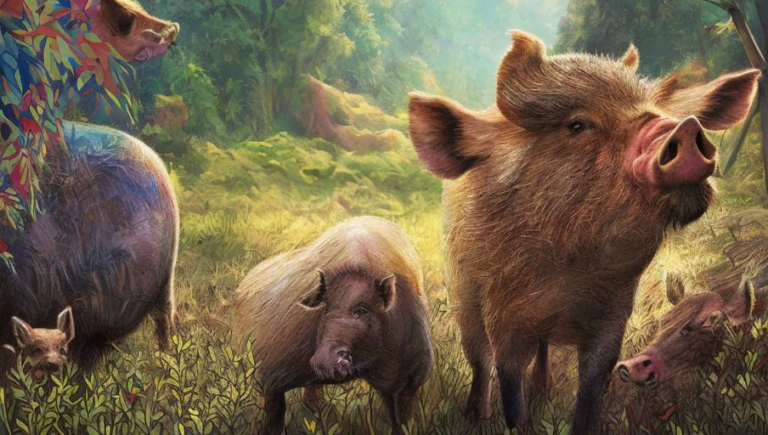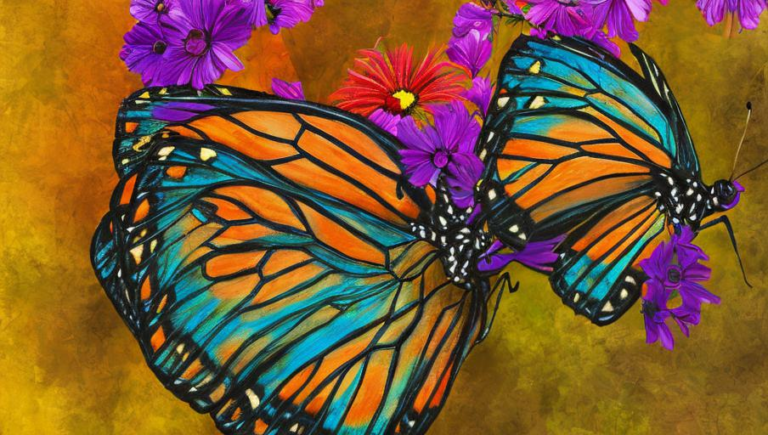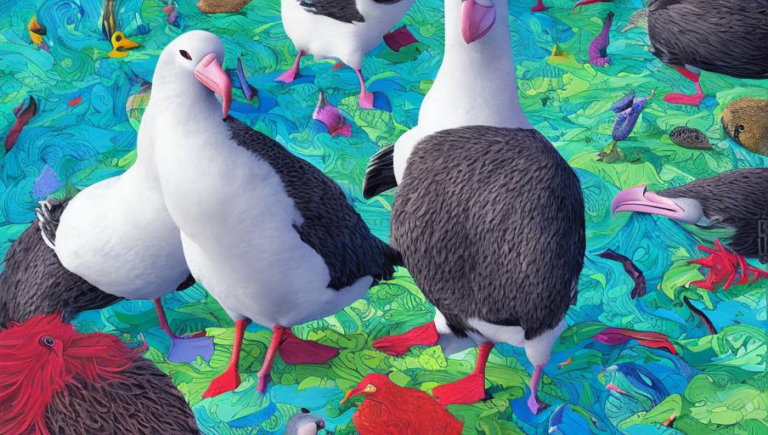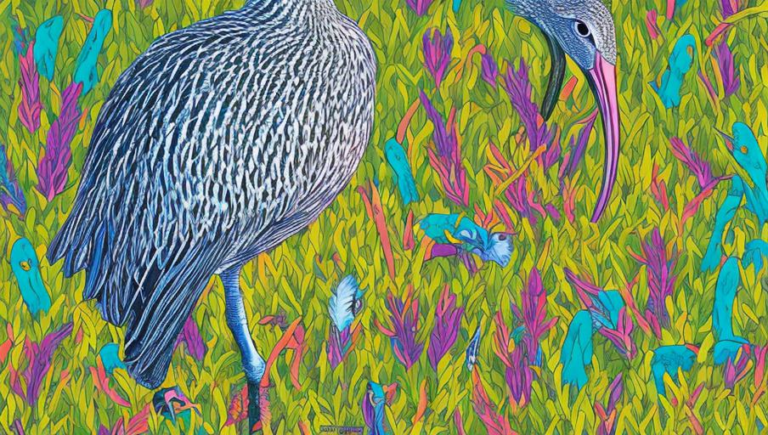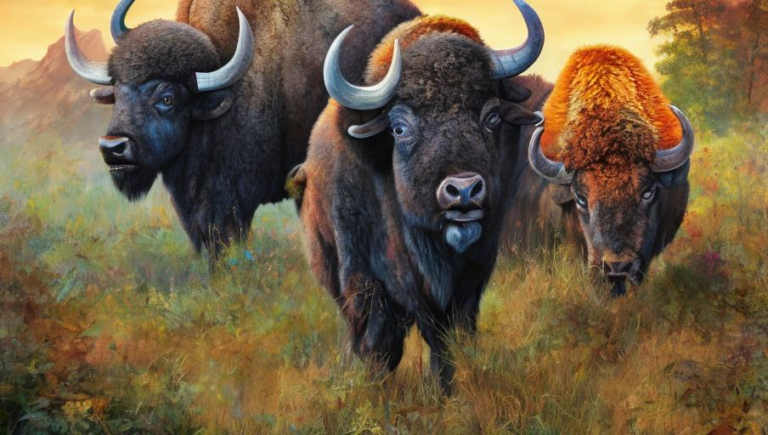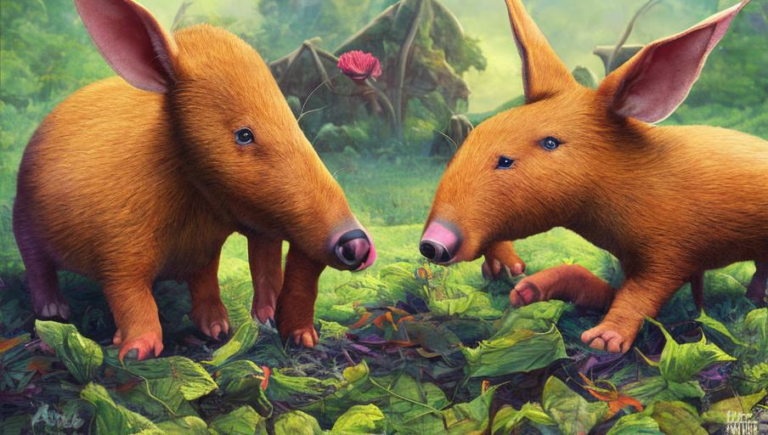Yielding to Wildlife: Coexisting With Cranes
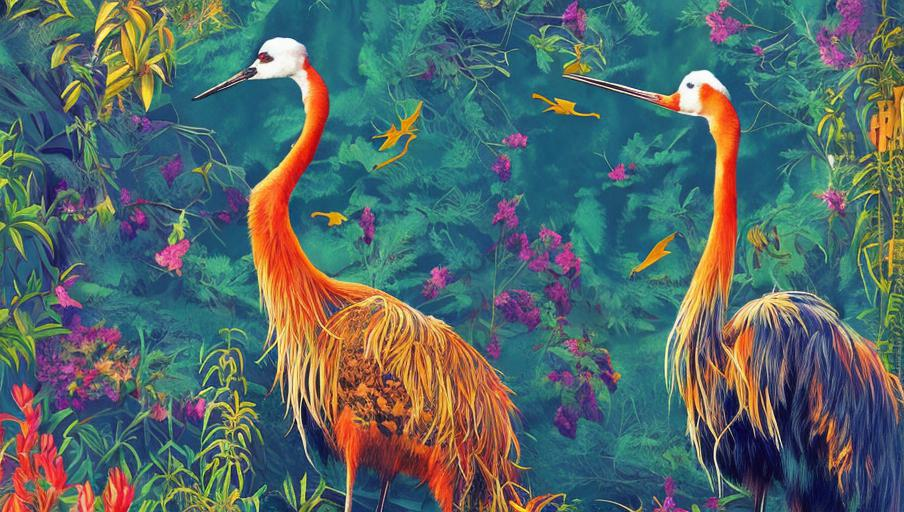
The Majestic Crane
The crane is a bird species that is found in various parts of the world, from North America to Asia, Africa, and beyond. These long-legged, long-necked birds are known for their graceful stances, which can be seen in wetlands, grasslands, and even in cities. Cranes can be found in a variety of colors, ranging from white to red, grey, and black. While they are primarily herbivores, they will also eat insects, small fish, and small mammals. Cranes are also highly social creatures, forming large flocks and communicating with one another through elaborate courtship dances, calls, and other behaviors.
The Fragile Crane Population
Unfortunately, the crane population is in decline due to a variety of factors, including habitat destruction, illegal hunting, and the use of pesticides. Cranes are also vulnerable to the effects of climate change, as the temperature fluctuations can affect their breeding grounds and food sources. As a result, the crane population is in danger of further decline and conservation efforts must be made to protect them.
Coexisting With Cranes
The key to protecting the crane population is to learn to coexist with them. Human activities, such as farming, hunting, and construction, can all have a negative effect on the crane population, so it is important to be mindful of how these activities may affect their habitats. Additionally, it is important to be respectful of the birds, as they are sensitive to loud noises and other disturbances. People can also help by participating in conservation efforts, such as planting native grasses, creating bird feeders, and restoring wetlands. Finally, it is important to be aware of the laws and regulations in place to protect cranes, such as the Migratory Bird Treaty Act.
Conclusion
Cranes are a beautiful species of bird that deserves to be protected and respected. With the proper education and understanding, humans can learn to coexist with these majestic creatures, ensuring their population remains healthy and vibrant for years to come.
